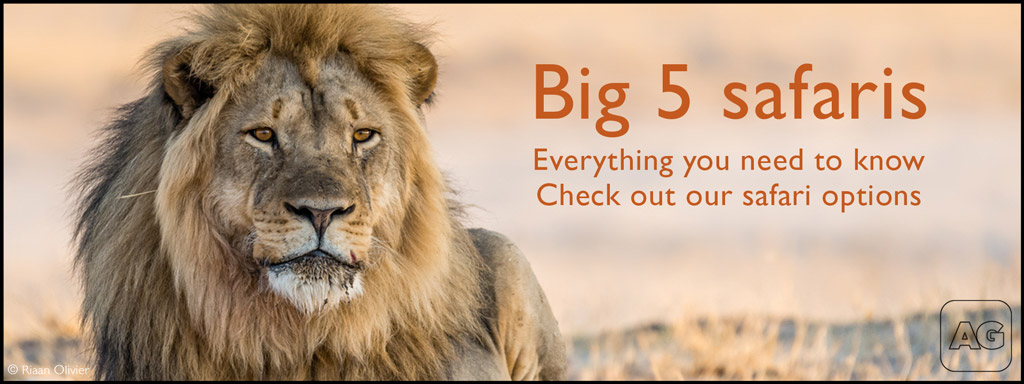Across Africa’s protected areas, lion trophy hunting remains a highly contentious issue – especially when young, iconic pride leaders are killed under the guise of sustainability. Policies like the widely adopted “Six-Year Rule” are meant to regulate this practice, but critics argue that they’re outdated, misapplied, and biologically flawed. In this searing opinion piece, leading lion conservationist Dr Paul Funston draws from decades of fieldwork and research to unpack how current regulations are failing lion populations – and why meaningful reform is urgently needed.
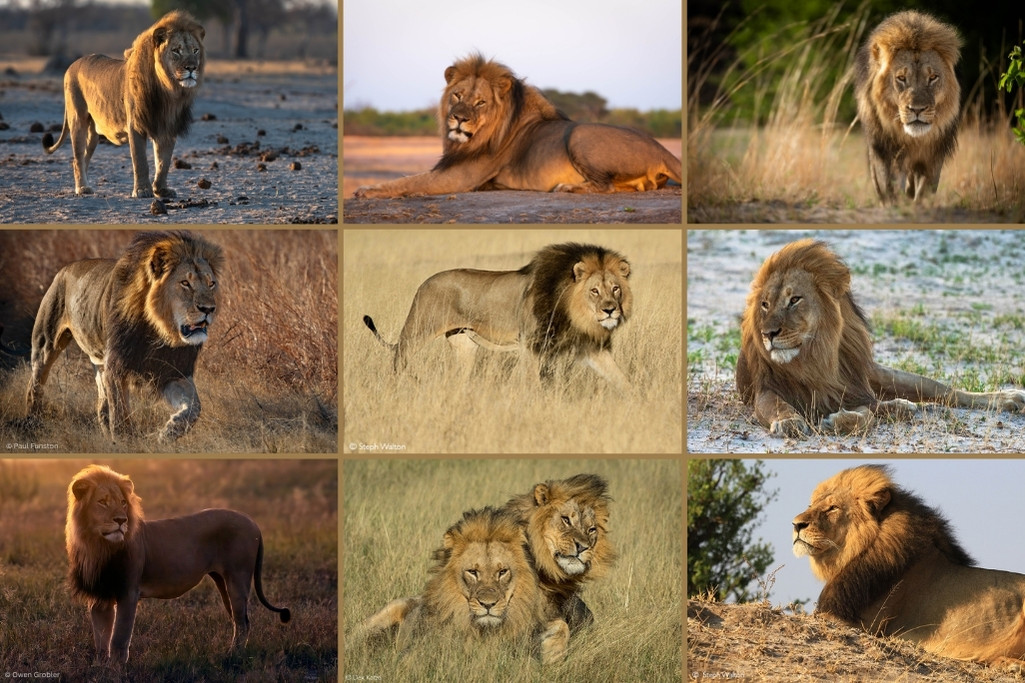
The issue of hunting underage and iconic lions around Africa’s protected areas is a longstanding problem. Personally, I am sick of it. The injustice, the spin, the intransigence, the occasionally poor conduct by the hunting fraternity, and even poorer governance by statutory authorities.
Seeking solutions to the age issue in their Letters to Nature paper in 2004, Karyl Whitman, Craig Packer and others, focusing on the Serengeti lion population, suggested that lion populations could remain stable if only male lions of six years or older were trophy hunted.
This led to the suggestion of a six-year age threshold or “Six-Year Rule” as an acceptable standard for lion trophy hunting. It was widely supported by conservation scientists as sustainable. I was not convinced. The model did not consider whether the hunted males had cubs, their notoriety, or the current effects on lion populations by other causes of lion mortality. Bottom line: it was just a mathematical model with significant caveats.
Chief amongst these is that the Serengeti is not the typical African savannah, with the model not taking account of biological differences across the lion range. Nor did it account for other sources of human-induced lion mortality, such as poaching, persecution, and the effects of habitat encroachment. All of which are significant causes of lion mortality and population decline in virtually every lion population in Africa.
African governments that conserve and hunt lions were thrilled; the “Six-Year Rule” allowed minor amendments to their lion trophy hunting. Amendments that quelled the queries being raised by CITES, the United States Fish and Wildlife Service (USFWS) and other international bodies governing trophy importation.
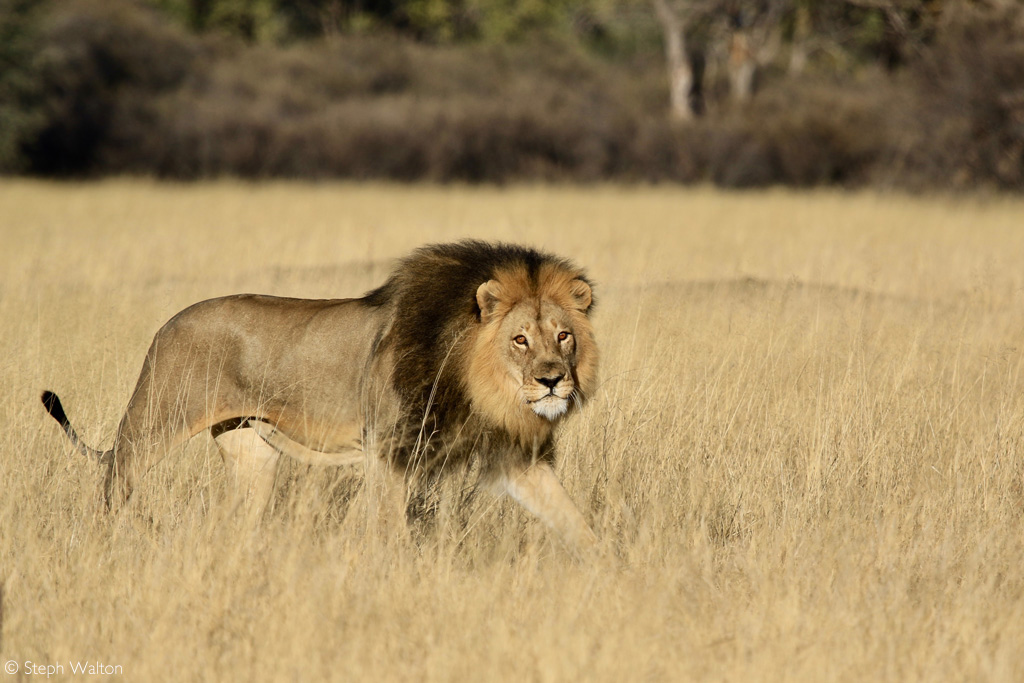
The era of the “Six Year Rule” legitimising hunting very young male lions had well and truly arrived. Well-meaning scientists had given African governments an easy way out of their problems.
It took twelve years for new research to emerge suggesting that the “Six-Year Rule” was inadequate. This research was done in a more typical savannah woodland system in South Luangwa National Park in Zambia. Here, as with most other areas, lions were trophy hunted, poached, persecuted and exposed to habitat encroachment and were in decline.
A new model was published from this research in 2016 in the Journal of Ecological Applications by Scott Creel, Twakundine Simpamba, Matt Becker and others. It recommended a strategy that combined periods of recovery (years of no hunting), an age limit of seven years or older, and a low quota per unit area (~0.5 lions shot/1,000km2).
However, these recommendations still did not account for familial ties of the lions, nor their notoriety. These were recommendations not at the individual level, but rather at the population level. Again, it was purely mathematical, predicting the impact of removing male lions of a certain age from a lion population.
It was, however, far more sensitive to lion populations and offered a much better alternative. Thus far, however, it has been ignored by all range states hunting lions, most lion conservationists, as well as regulating bodies such as CITES, USFWS, etc.
The model assumes all males above a certain age would be removed and examines the effects on the lion population. Although this seems unrealistic, in most African hunting blocks, it is likely that all male lions above a certain age could potentially be hunted each year. Such is the demand to hunt wild African lions, and so high are the typical quotas.
Entering the fray in Zimbabwe
When I started working on trophy hunting issues in Zimbabwe in 2012, it was common practice for hunters to shoot lions as young as two to four years old. Lions of five, six or older were by far the minority in the annual harvest. I have examined the photos of many hundreds of trophy-hunted lions since then, to assess their age. It’s a task I don’t like! Notwithstanding my feelings, since Zimbabwe implemented an age-based hunting system in 2013, the hunters have steadily increased the age at which lions are harvested, but not by enough.
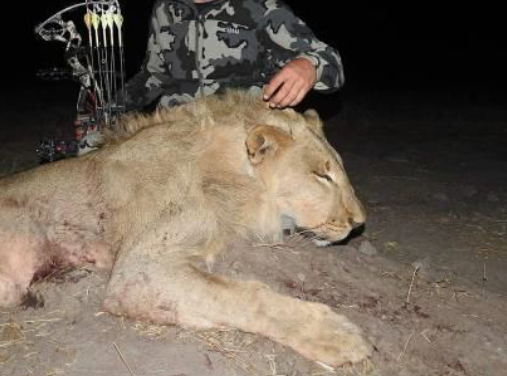
There’s currently a pause – an intransigence – to adapt the existing “Six Year Rule” to integrate the more recent scientific findings from Zambia, the “Greater-Than-Seven-Year Rule”. A situation which is reflected in all range states that hunt lions. They were quick to improve in the mid-2000s, but have not kept up with new evidence. This is because CITES, USFWS and other importing nations are content with the “Six Year Rule”, and the African range states vehemently push this, making inaccurate claims that they are using the “best available science”.
The governing bodies are permitting the hunting of lions who have seldom been successful fathers. It’s completely unacceptable. African range states and international governing bodies have failed to look after lion populations, ignoring new scientific findings.
Lions like Blondie – a father of ten young cubs – are killed as a result. It’s legal and supported by the authorities.
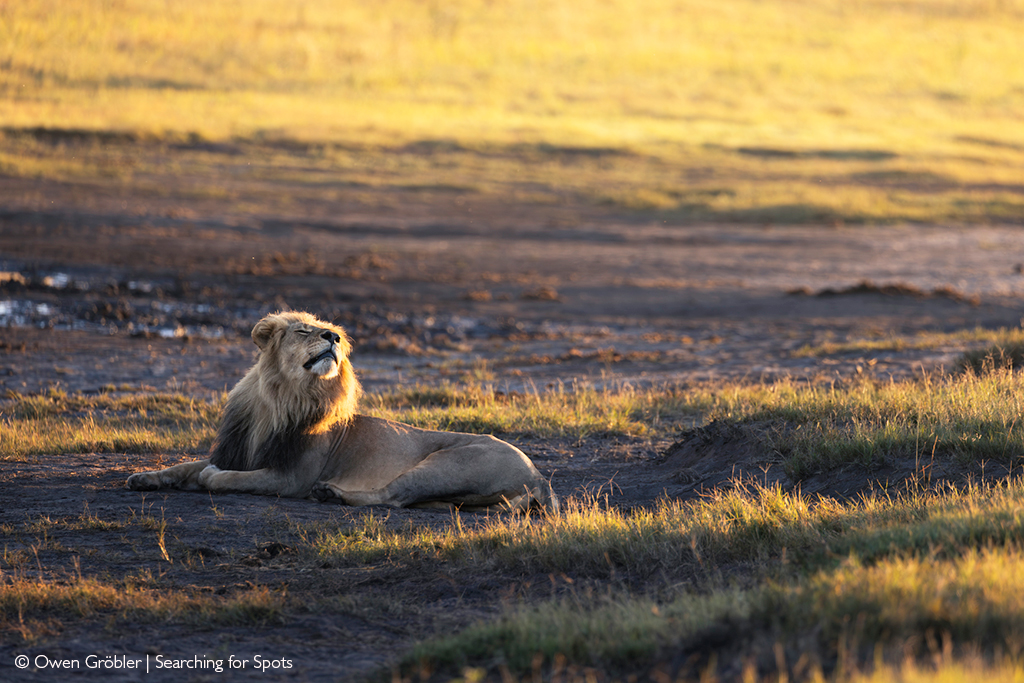
Each country has slightly different regulations, but all the major lion hunting countries – Tanzania, Mozambique, Zimbabwe and Zambia – apply some version of the outdated “Six Year Rule”. The best would seem to be Niassa National Reserve in Northern Mozambique, where lions must be over six years old to be considered for a reasonable quota, effectively making the minimum age of seven years old. In Tanzania, the rule is six years old, and the same applies to Zambia.
However, in Zimbabwe, the legal limit is five, which is not old enough! How can the legal age for hunting a lion in Zimbabwe be five? At times, this would mean male lions being hunted that have never even sired cubs, let alone raised them to dispersal age.
Zimbabwe has a bizarre version of the “Six-Year Rule”. In Zimbabwe, if a hunting outfitter, with a quota of two male lions, hunts two lions, six-year-old or older males, he is rewarded with an additional lion on quota the following year. However, if a five-year-old lion is hunted, the quota remains unchanged. Unchanged for hunting a male lion barely old enough to breed!
The quota is only suspended if a lion under four years old is hunted.
This is why shooting Blondie was legal. It’s got nothing to do with whether or not he was baited, collared, etc. Five years old = fair game.
It happens all the time. In 2017, hunters lured a male lion, Sinangeni, across the infamous railway line that separates Hwange National Park from hunting blocks and shot him at only three and a half years old. Sinangeni had formed a coalition with the son of Cecil, Xanda, a magnificent lion just going on six years old.

Xanda and Sinangeni were fathers to cubs in two prides of lions. Undeterred by killing the underage Sinangeni, the hunters soon killed Xanda, barely two years after his famous father had been killed. The cubs of their pride never stood a chance. They vanished, along with the hopes for Cecil’s lineage that flowed through Xanda.
The consequence? The hunting outfitter’s quota was reduced from two to one.
Basically, in Zimbabwe, hunters can kill whichever lion they like with no or minimal sanction. In my experience in the country, many hunting outfitters are willing to operate within the rules set by the government. But there are some rogue operators who consistently hunt underage lions who secure their permits and permissions through political connections. These operators cast a bad light on those professional hunters who stick to the rules set by the Zimbabwe Parks and Wildlife Management Authority (ZPWMA).
I was present in Harare in a key workshop in 2013 with ZPWMA when a fellow scientist, overly sensitive to their fellow Zimbabwean trophy hunter friends, pushed this rule to the point of implementation. It was implemented to “accommodate” Zimbabwean trophy hunting operators not willing to change practice significantly, and to protect revenue streams for the government.
It was a poor decision, and it’s still in place more than a decade later. No matter my pleas as a leading lion scientist to have it changed. No matter how many Xandas and Blondies are killed. The safari operators and the government largely seem to be indifferent. The broader society protests, the more entrenched they become. It’s all about making money as close to the skin as possible; it’s not about population persistence and viability.
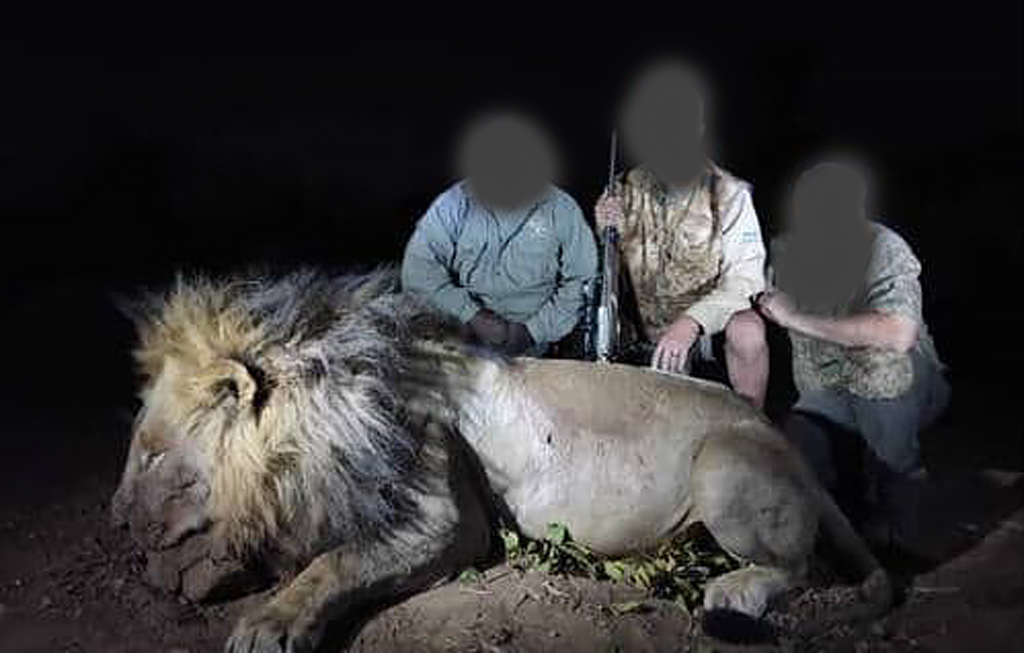
The reason for the poor use of the “Six-Year Rule” in Zimbabwe is that, in the findings of Whitman and Packer’s 2004 study, it was suggested that hunting all six-year-olds and five-year-olds would only slightly reduce the lion population, not causing a significant decline.
Trophy hunters managed to get away with this interpretation when authorities introduced the new lion hunting rules in 2013. This was a misuse of the scientific input of myself and others, and has continued to fool CITES, USFWS, and others that lions are sustainably hunted in Zimbabwe.
Many researchers know this. But they don’t oppose it. Every year, GPS-collared lions are killed by hunters. Researchers state that GPS-collars are not there to protect lions from being hunted, but simply to include information on research databases. Fine, but then use the data to contribute to research.
Just how long does research need to continue, when there are already existing findings that can be used to contradict Zimbabwe’s reasoning for the “Six Year Rule”? Being a conservation scientist today requires more than just publishing papers in a country miles away from the reality on the ground. Hwange is not just a research laboratory for endless research and camera trap surveys; it is a conservation landscape needing input and guidance.
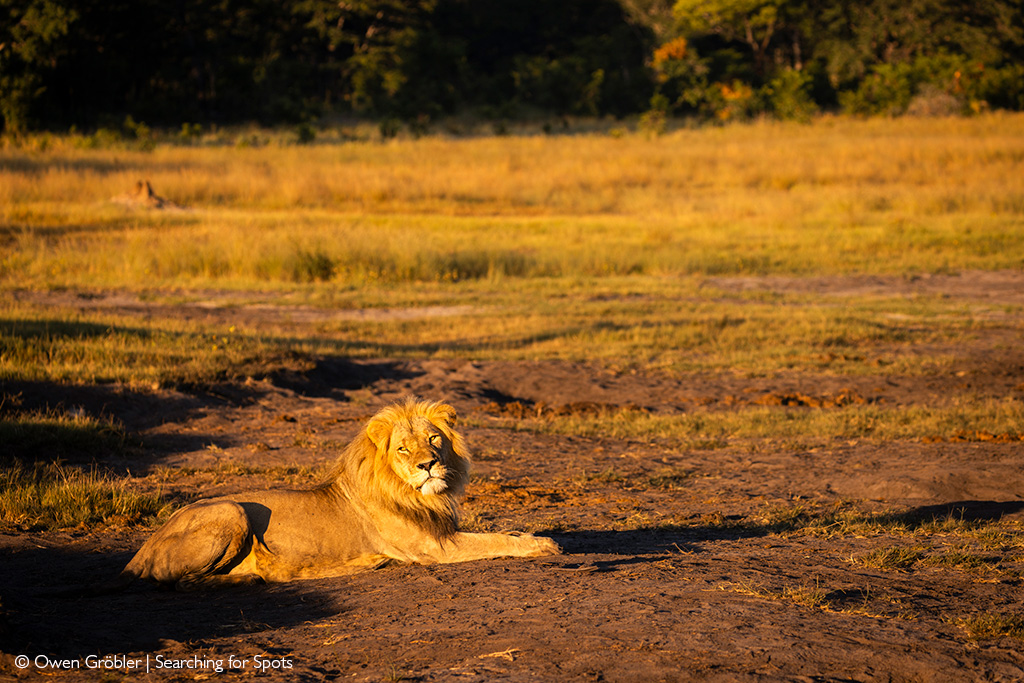
Seven years old – a bare minimum for lion trophy hunting
The difficulty in accurately determining a lion’s age in the field complicates the issue further. The recommendation is that any hunted lion should be at least seven years old or older (Creel et al. 2016). Thus, in my book, there should be an “Eight-Year Rule”.
This is supported by Jennifer Miller, myself, and several other scientists who reported in Biological Conservation in 2016 that seven years, or ideally older, was the minimum age at which the juncture was estimated. We found that five- and six-year-old lions could not be reliably told apart.
Thus, both key scientific advances in 2016 have been ignored by Zimbabwe and the other range states that hunt lions. The flawed “Six-Year Rule” remains in place two decades later, unchallenged by WildCRU and Panthera (who both engage in lion conservation activities in Hwange, such as the mitigation of human-wildlife conflict between lions and communities), CITES, USFWS, and others. Zimbabwe has been given a free pass to hunt underage lions.
ZPWMA faces a significant challenge. They are mandated to generate income from wildlife, including through trophy hunting, to support protected area management. Trophy hunting is a substantial source of revenue outside of Zimbabwe’s national parks. ZPWMA have little to no choice but to allow hunting, to contribute to the management of parks and other wildlife estates.
Trophy hunting outfitters, driven by their need to earn a living, naturally benefit from and encourage this relationship. The Zimbabwean government sees no issue with this arrangement. They find it acceptable to have photographic tourism in some areas and sustainable hunting in others. It’s been that way ever since parks were established under British rule from the 1920s to the 1940s. The modern, independent government has not reviewed or altered these policies in any significant way.
The practice of trophy hunting occurs throughout the hunting season every year, with about 30 wild lions hunted annually across Zimbabwe, most of which are six years old, and some are older than that. At a broader level, this is considered sustainable.
Notoriety – Trophy hunting of iconic lions
However, even the “Eight-Year Rule” presents a conundrum: if all lions above a certain age are hunted, and even if this is biologically sustainable, does it then mean every lion above that age is fair game?
Controversy inevitably arises when well-known lions, like Blondie, Cecil, Humba, Netsai, etc. are hunted. These lions, often seen as iconic and beloved, spark public outcry, mainly when they are hunted near areas that are also used for photographic tourism. This creates a significant problem as these lions are not just animals; they are seen as essential members of their ecosystems and our broader societal community.
Thus, the issue extends beyond just age. Lions that have gained iconic status, regardless of their age or whether they have cubs or not, are treasured by society. The broader public will never view their hunting as a legitimate or “sustainable” practice. No matter whether supported scientifically or not.
This sentiment was evident in the reactions to the deaths of lions like Cecil, Humba, and Netsai, who, despite having fulfilled their biological roles, siring countless cubs, were mourned when hunted.
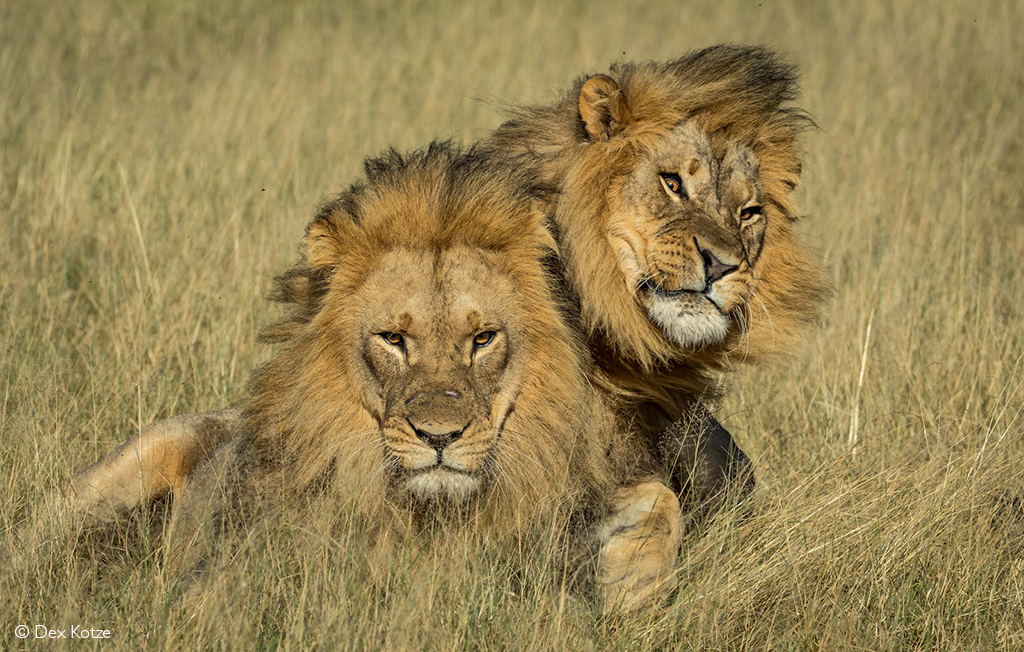
Blondie, by comparison, has not fathered any cubs to dispersal age – his cubs are still young.
The Zimbabwean government faces a complex situation. They need to balance the interests of safari hunters and photographic tourism operators, who often clash, especially near the borders of national parks such as Hwange. This conflict damages Zimbabwe’s image and reputation for wildlife conservation and must be addressed.
A potential solution could involve a new system where, once a lion is deemed to be iconic, it becomes untouchable, protected from hunting regardless of its age. In this system, unknown male lions above seven years of age are hunted without sanction on quota. This approach could alleviate much of the controversy surrounding lion hunting in Zimbabwe.
In conclusion, the Zimbabwean government must revise its policies based on scientific evidence, adjust the age threshold for hunting, and find a way to protect iconic lions. These steps are essential to resolving the ongoing conflicts and improving the management of the country’s wildlife resources.
The question though remains, can “we” – perhaps those of you who read this article – live with a system in countries like Zimbabwe, Zambia, Tanzania and Mozambique, and potentially Botswana, where lions in hunting blocks of seven years of age or older are hunted sustainably interspersed with years of no hunting, and where a select few agreed-upon lions are classified as iconic – therefore are not trophy hunted, ever?
This is a higher-level question – is lion trophy hunting legitimate at all? If the answer to this is “no”, then a lot of thinking and many challenges await. It’s time we decided – is it the famous lions we care so much about, or all lions? What are the real costs and benefits?
Resource list
- Creel, S, Simpamba, T, et al. 2016. “Assessing the sustainability of African lion trophy hunting, with recommendations for policy”. Ecological Applications 26;10(1377): 2347-2357. https://doi.org/10.1002/eap.1377
- Jennifer R.B. Miller et al. 2016. “Aging traits and sustainable trophy hunting of African lions”. Conservation, Vol. 201:160-168. https://doi.org/10.1016/j.biocon.2016.07.003
- Whitman K, Starfield A, Quadling H, Packer, C. 2004. “Sustainable trophy hunting of African lions”. Nature Mar 11;428 (6979): 175-178. https://doi.org/10.1038/nature02395
Original source: https://africageographic.com/stories/the-fatal-flaw-in-lion-trophy-hunting-policies/


